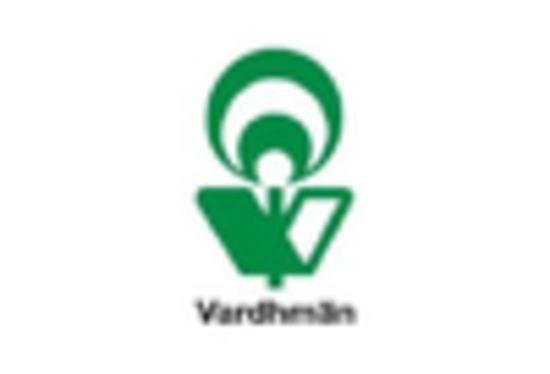Market Trends
Key Emerging Trends in the Cotton Yarn Market
The cotton yarn market is influenced by various market trends that impact supply, demand, and pricing dynamics. One notable trend is the growing demand for sustainable and organic cotton yarn. With increasing awareness of environmental and social issues, consumers are seeking products made from organic materials that are produced using eco-friendly practices. This trend has led to a rise in the production and consumption of organic cotton yarn, as manufacturers strive to meet the preferences of eco-conscious consumers.
Another trend in the cotton yarn market is the shift towards automation and technology-driven manufacturing processes. Automation allows for increased efficiency, reduced production costs, and higher quality output. As a result, many yarn manufacturers are investing in advanced machinery and automation technologies to streamline their production processes and remain competitive in the market. This trend is expected to continue as the industry embraces digitalization and Industry 4.0 initiatives.
Furthermore, the globalization of the cotton yarn market has also emerged as a significant trend in recent years. With the increasing interconnectedness of economies and the ease of international trade, manufacturers have expanded their operations to cater to global markets. This trend has led to greater competition among suppliers and has prompted companies to explore new market opportunities abroad. Additionally, the globalization of the cotton yarn market has facilitated the exchange of knowledge, technology, and best practices across different regions, driving innovation and efficiency improvements in the industry.
Moreover, fluctuations in raw material prices and currency exchange rates have a significant impact on the cotton yarn market. Cotton prices are subject to various factors such as weather conditions, government policies, and global demand-supply dynamics. As a result, changes in cotton prices can directly affect the cost of production for yarn manufacturers and ultimately influence pricing trends in the market. Similarly, fluctuations in currency exchange rates can impact the competitiveness of exporters and importers, leading to shifts in trade patterns and market dynamics.
Additionally, changing consumer preferences and fashion trends play a crucial role in shaping the demand for cotton yarn products. As fashion trends evolve, so do the requirements for yarn characteristics such as color, texture, and performance. Yarn manufacturers must stay abreast of these trends and adapt their product offerings accordingly to meet the demands of fashion-conscious consumers. This trend-driven demand often leads to fluctuations in sales volumes and product mix within the cotton yarn market.
Furthermore, the COVID-19 pandemic has had a significant impact on the cotton yarn market, causing disruptions to supply chains, production operations, and consumer demand. Lockdowns, travel restrictions, and social distancing measures implemented to curb the spread of the virus have led to temporary closures of manufacturing facilities and disruptions to logistics networks. Additionally, changes in consumer behavior, such as the shift towards online shopping and remote work, have influenced the demand for apparel and textile products, including cotton yarn. While the pandemic has presented challenges for the industry, it has also accelerated digital transformation efforts and spurred innovation in areas such as e-commerce, virtual collaboration, and supply chain resilience.

















Leave a Comment